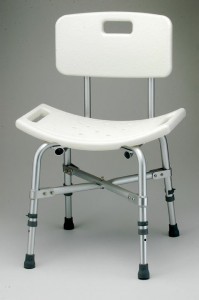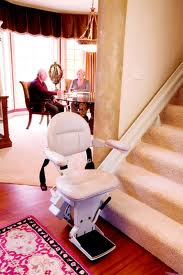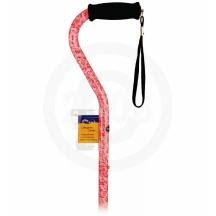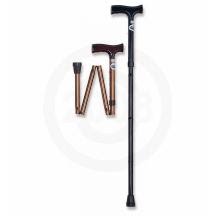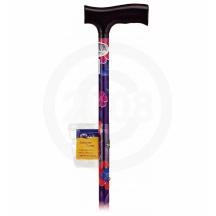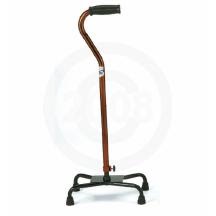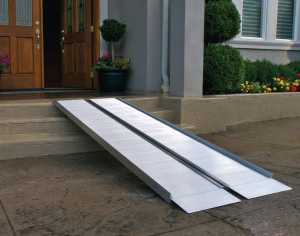Most people read and refer to online reviews, but can you really trust online reviews? The key is to tease-out which ones to trust from those that are bogus using a few simple tips.
Buying mobility devices is a big decision, so it makes sense to go online and do a little homework regarding customer experiences and satisfaction. When you are looking at local business reviews, how do you know which ones to trust? How can you tell which ones are bogus? The first fundamental for consumers to realize is that you can’t always believe what you read online; teasing out honest feedback requires a little insight.
Can you really trust online reviews?
It is estimated that 39% of buyers research and check online reviews before making a purchase decision, and 88% of consumers put as much stock in an online review as they do a personal recommendation from someone that they know. Since nearly 9 in 10 consumers consider an online review as important and reliable as a personal recommendation, online reviews are a powerful marketing tool that can make or break a burgeoning business.
Here’s what you need to know about online reviews:
Read what you can online regarding local businesses, services, and products, but take what you learn with a grain of salt. Look for clear and relevant details that could help you come to your own decision about where to spend your money and who deserves your patronage. After all, every consumer’s needs and expectations are different, so what doesn’t please you may work well for somebody else.
When it comes to online reviews…
Not all reviews are real
Did you know that the internet is saturated with fake reviews? Read reviews carefully and be wary of posts that lack substantive details and reasons why the product, service, or company failed to live up to their expectations. Approximately 30% of all product reviews that you find online are fake, and 20% of other reviews, such as for companies or service provision, are also fake. It begs the question: what could be the motivation to leave a fake review?
People are often paid to leave a review
Many people are paid to leave positive reviews, while others are compensated for leaving negative feedback. Typically, you will see a disclaimer at the bottom of an online review indicating that the individual was compensated or received the item at a discount for leaving feedback, but this is not always the case. The best thing to elicit from an online review- good or bad- are specific details about the product or service that could provide information that helps you make your choice easier. Skip the overly-emotional or seemingly-dramatic reviews unless they provide tangible details about their experience that provides another perspective and additional information.
Look at the source
It may be possible to check out the reviewer to determine the legitimacy of a review; this might include how many other reviews they have left on an online platform or whether they are a validated purchaser or patron of what they are reviewing. Some platforms offer a history of other reviews, feedback, and comments that the reviewer has posted, which can reveal whether they are a chronic-complainer or someone who pens a lot of negative comments.
Pay heed to review responses
A courteous merchant or attentive vendor will respond to negative or critical online reviews; give these businesses the opportunity to defend themselves. Often times, misunderstandings or miscommunications cause knee-jerk reactions, which can lead to negative, even hostile, reviews. Responses also can provide you with a means of measuring the vendor’s professionalism and helpfulness, which could say a lot about how the company engages with their consumers and clients.
Keep an eye on the timeline
Make sure that the reviews you are eliciting information from are current and that the time-post doesn’t indicate activity that could be spammy. For instance, if you read several reviews about a mobility device that was a disappointment, and they are posted within a very short time period, be skeptical. It is unlikely that several patrons experienced this same issue at the same time, which could mean that the authenticity of the reviews is dubious, at best.
Use these tips to help narrow the field of online reviews and find the information that you need to make buying mobility devices a bit easier and less uncertain. Continue to rely on the word-of-mouth reviews of friends, neighbors, or coworkers and tease-out pertinent details from the information that you find online.
Go ahead and check out online reviews before making a decision related to mobility aids and devices. Just make sure that you keep an open mind regarding the authenticity of the review, and try to garner a sense of the motivation behind the reviewer. Skip over extremely high or overwhelmingly low reviews that don’t back up their claims with a detailed narrative. Teasing out authentic reviews can lead to insightful information and practical advice when you know what to look for.
President, Husband, Father, Grandfather Graduate of UC Davis- Bio Sci Major- Go Aggies! Jeff has extensive experience in all of Pacific Mobility’s products and services, and specializes in accessibility products as well as stairlifts, ceiling lifts and custom wheel chairs. His hobbies include spending time with family, gardening, mountain biking, exercising and off road motorcycle riding.
24 years as Owner/President of Pacific Mobility Center – selling, installing, and servicing stairlifts, porch lifts, ceiling lifts, pool lifts, handicap ramping, specialty wheelchairs, scooters, power wheel chairs, and other power mobility devices
Certified Environmental Access Consultant since 2008
Licensed General Contractor since 1998
Certified Aging in Place Specialist since 2016
Board Member for Home Access Professionals
Member of Association of Members of the Accessibility Equipment Industry (AEMA)
